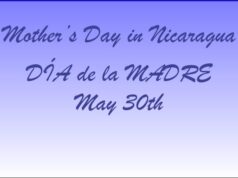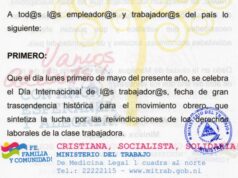Dec 17, 2020 – A Nicaraguan tradition most popular with locals and foreigners alike is making a mannequin to represent burning the old year (Los Muñecos de Año Viejo).
The mannequin is burned at midnight on New Year’s Eve as a symbol of saying good bye to the old year and everything that happened.
It’s a way of clearing the slate, making the bad go away and at the same time blessing the New Year. Then, with the effigy still glowing and the fireworks raining down, out comes the food for the midnight dinner.
History
This year the Año Viejo is more relevant to how the tradition was started in Guayaquil, Ecuador, where in 1895 the town had experienced an outbreak of yellow fever. As a part symbolic and part sanitary measure, the population stuffed the clothing of their dead relatives with straw and burned them in the street on the last day of the year. The idea was to rid the town of the plague from the previous year by burning the old year and welcome the New Year. https://nuevaya.com.ni/el-muneco-de-ano-viejo-el-ritual-mas-representativo-de-los-nicaraguenses/
Nicaragua
In Nicaragua, the mannequin that represents the end of the year is made by stuffing old clothes with anything dry, such as leaves, cardboard, newspaper, wood shavings and of course as many fireworks as you can (afford). The kids will often take the image out around the barrios to collect money for the fireworks.
The effigies are made by families and friends then placed on the porch or by the front door on the days leading up to the New Year. They typically represent an old man and if a mask is used for the face, it will include wrinkles and often have a sad or pitiful expression. In Nicaragua, as with other countries that carry on this tradition, the trend has been to make the figures look like characters from negative events. Politics obviously provides a few ideas, as does sports and entertainment.
Culture: https://nica-biz.com/category/culture/






